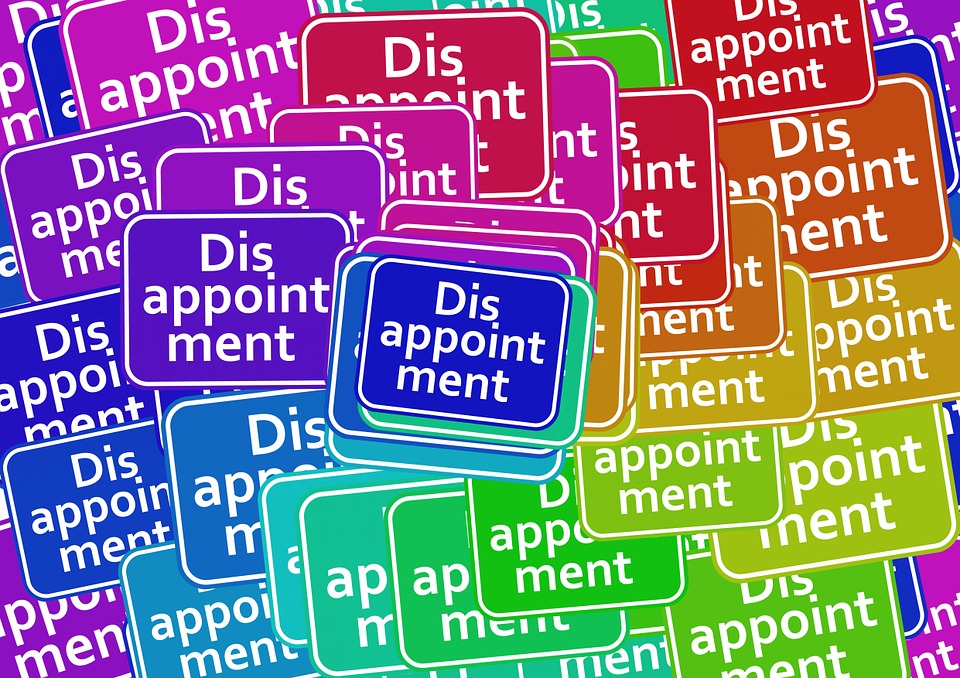The phrase “What am I, chopped liver?” is uttered when a person is made to feel that he or she is not special. It’s exactly how some customers feel as a result of neglect by companies.
I’m seeing this scenario play out in a membership-based company that’s constantly offering special discount pricing to acquire new customers while ignoring their current ones. Those in the latter group are questioning their customer loyalty given management’s attention on attracting new business while little investment is made to improve member services and facilities. Some customers are paying fees higher than those offered to prospective customers. However, they can get a few extra months of free membership IF they help bring in new customers.
Churn, churn churn
With little confidence in the company to take care of current customers, turnover continues … as does the search for new customers. The company may not realize it, but turnover would be much greater if it weren’t for customer inertia – whether their customers are locked into annual contracts or unable to find suitable alternatives. The reality is unhappy customers who stay don’t bring in additional business.
Heavily promoting to attract new customers at the expense of taking care of existing customers is the perfect recipe for making customers feel like chopped liver. It’s also a strategy that leads to continued high turnover and brand damage. Customer churn isn’t the only issue here – employee turnover is also evident.
But it doesn’t have to be this way. Here are four steps companies can take so their customers and employees don’t feel like chopped liver.
- Take the time to proactively engage with and listen to your current customers and respond appropriately. Consider formal customer satisfaction surveys, customer roundtables, or lost customer analysis. The latter can be as simple as asking why a customer left, although it’s better to learn of customers’ frustrations before they leave.
- Communicate with customers. If improvements in member services and/or facilities are in the works, let them know about it. If not, let them know why and when they can expect a future fix. The absence of such transparency leads customers to speculate about the company’s health.
- Also take time to proactively engage with and listen to your employees, and respond appropriately. Seek their input on signs of customer frustration.
- Communicate with employees and equip them to be customer-focused. Ensure they know what’s happening so they can address customer questions and concerns. Provide with them with training to provide top-notch customer service, and in the event of a problem, equip them to deal with customer complaints and recovery.
NOT for customers only
Engagement and retention efforts shouldn’t be limited to customers — if your employees don’t feel valued, neither will your customers.
How does your company make its customers and employees feel?











